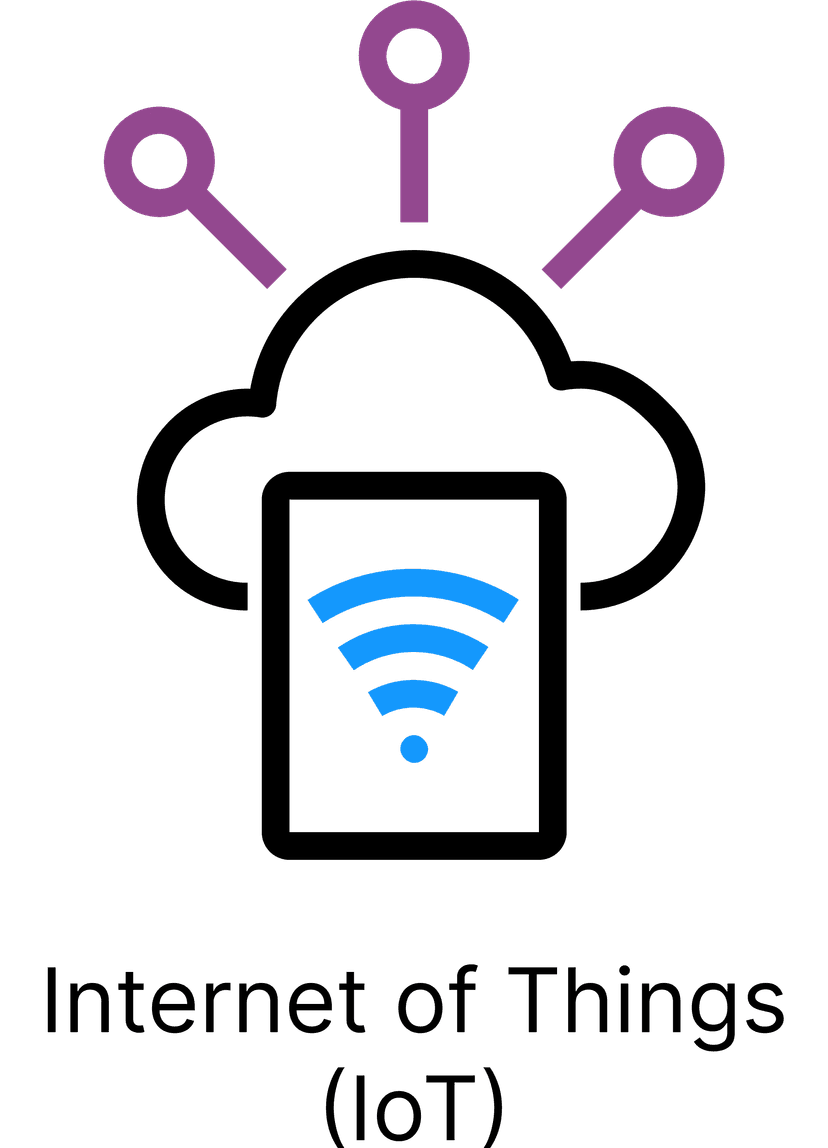Internet of Things (IoT)

What is IoT?
Definition
IoT, or the Internet of Things, is a network of interconnected devices, vehicles, buildings, and other objects that collect and exchange data to improve efficiency, reduce waste, and create new services.
Analogy
Imagine a city where all the traffic lights, public transportation, and parking meters are connected and communicate with each other. If a traffic jam occurs, the system can adjust the timing of traffic lights to improve the flow of traffic or redirect buses to avoid congestion. This interconnected city is like the Internet of Things, where devices work together to make our lives easier and more efficient.
In other words
IoT is a network of connected devices that communicate and share data to improve efficiency and create new services.
Why is IoT important?
It's one thing to know what IoT is, but that is worthless if you don't know why you should know what a code repository is in the first place. Let's break down the importance of this tech term based on two high-level categories. We'll walk through an explanation as well as provide a score, 1-10, that shows you how much you should care about IoT.
Pre-Product: 2/10
If you do not have a product yet, IoT might not be your immediate concern. However, understanding the concept and potential applications of IoT can help you identify opportunities for innovation in your future product development. At this stage, it's more important to focus on your core product and market fit, but keep IoT in mind for future growth and expansion.
Live Product: 5/10
If you have a live product, IoT carries a different weight. Integrating IoT into your product can provide valuable insights, improve user experience, and create new revenue streams. However, the importance of IoT depends on your product and industry. For some businesses, IoT can be a game-changer, while for others, it might not be as relevant. Evaluate the potential benefits and challenges of incorporating IoT into your product to determine its importance for your business.
Examples of IoT
So you know what IoT is, by definition. You know if you should care about it or not depending on your situation as a business/company/product. To dig in deeper, we will walk through some tools and processes so we can make sure you really have a solid grasp on IoT.
Smart Homes
Smart homes are a prime example of IoT in action. Devices like smart thermostats, lighting systems, and security cameras are connected to the internet, allowing homeowners to control and monitor their homes remotely. These devices can also communicate with each other to optimize energy usage, improve security, and create a more comfortable living environment.
Wearable Technology
Wearable devices, such as fitness trackers and smartwatches, collect data on user activity, health, and location. This data can be used to provide personalized insights and recommendations, helping users achieve their fitness goals, monitor their health, and stay connected with friends and family.
Industrial IoT (IIoT)
In the industrial sector, IoT is used to monitor and control equipment, optimize production processes, and improve supply chain efficiency. Sensors collect data on machine performance, energy consumption, and environmental conditions, allowing businesses to make data-driven decisions that reduce costs, increase productivity, and minimize environmental impact.
Key Takeaways:
- IoT is a network of connected devices that communicate and share data to improve efficiency and create new services.
- If you do not yet have a product, IoT may not be your immediate concern, but understanding its potential can help you identify future opportunities.
- If you do have a product, IoT can provide valuable insights, improve user experience, and create new revenue streams, depending on your product and industry.
- Examples of IoT include smart homes, wearable technology, and industrial IoT.

